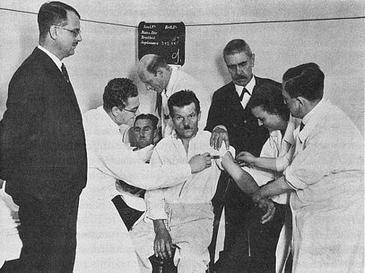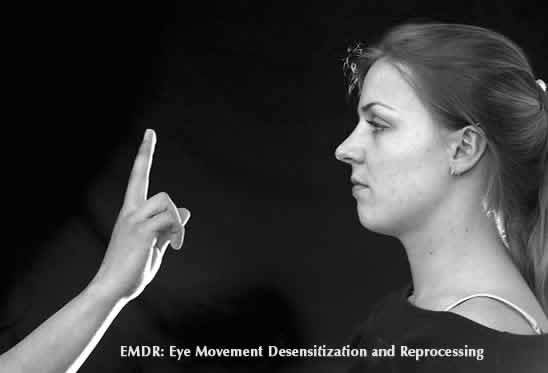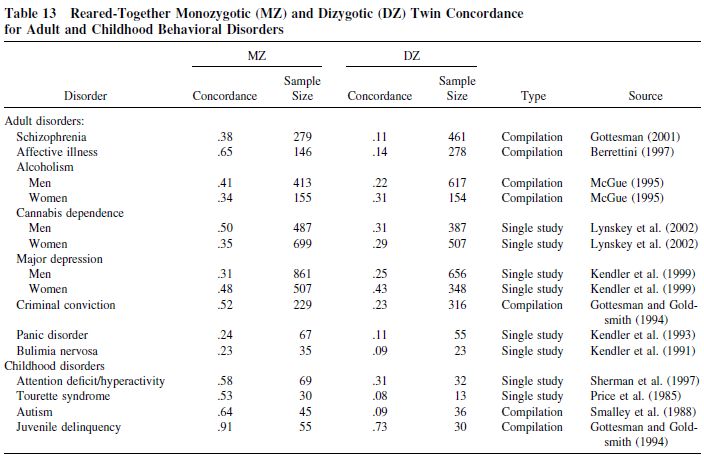 |
| Martin Seligman |
WSJ
An independent report on mental-health programs for military members and their families, commissioned by the U.S. Department of Defense, paints a bleak picture of the military's efforts to stave off depression and suicide, post-traumatic stress disorder and domestic violence among service personnel.
The Institute of Medicine report, issued Thursday, reviewed data on the programs currently in use and found that few exhibited strong evidence they work. In addition, there was little coordination within and between service branches regarding these efforts.
"There's a surprising lack of empirical evidence for the creation of and evidence for the maintenance of" prevention programs, said M. David Rudd, provost of the University of Memphis and one of 13 committee members who helped write the report. He called the findings "disappointing."
...
One example of this, highlighted in the report, is the Comprehensive Soldier and Family Fitness program, the Army's largest universal prevention program, which was launched in 2009. The $125 million effort, based on a program developed by the University of Pennsylvania, is designed to prevent negative consequences from exposure to trauma and improve resilience, according to the report. Components of the program include a 10-day, in-person training on positive psychology, training in assertiveness and negotiation, and a regular assessment of psychological health.
The program has been used with over one million soldiers, but the evidence for it from studies conducted by the military is weak, the committee found.
The U.S. Army said the program isn't designed to prevent post-traumatic stress disorder or depression, but rather to improve social, emotional, spiritual, family and physical strength, and called the IOM's assessment of the program flawed.
Oh yeah? Check out this 2011 interview with Martin Seligman, the guy who sold the U.S. Army this snake oil:
In November 2008, when the legendary [?] General George W. Casey, Jr., the army chief of staff and former commander of the multinational force in Iraq, asked me what positive psychology had to say about soldiers’ problems, I offered a simple answer: How human beings react to extreme adversity is normally distributed. On one end are the people who fall apart into PTSD, depression, and even suicide. In the middle are most people, who at first react with symptoms of depression and anxiety but within a month or so are, by physical and psychological measures, back where they were before the trauma. That is resilience. On the other end are people who show post-traumatic growth. They, too, first experience depression and anxiety, often exhibiting full-blown PTSD, but within a year they are better off than they were before the trauma. These are the people of whom Friedrich Nietzsche said, “That which does not kill us makes us stronger.”
I told General Casey that the army could shift its distribution toward the growth end by teaching psychological skills to stop the downward spiral that often follows failure. He ordered the organization to measure resilience and teach positive psychology to create a force as fit psychologically as it is physically. This $145 million initiative, under the direction of Brigadier General Rhonda Cornum, is called Comprehensive Soldier Fitness (CSF) and consists of three components: a test for psychological fitness, self-improvement courses available following the test, and “master resilience training” (MRT) for drill sergeants. These are based on PERMA: positive emotion, engagement, relationships, meaning, and accomplishment—the building blocks of resilience and growth.Yup, Seligman told Casey that soldiers who end up with PTSD or die by suicide do so because they are not Nietzschean supermen (ubermenschen) who lap up psychological trauma like ambrosia. For just $145 million, Seligman promised to teach those weaklings and failures who would otherwise fall apart after combat exposure to be more resilient.
Now, there are some protective factors that reduce the probability of getting PTSD. These include higher intelligence (which is a protective factor for everything), not having been abused as a child, having good social supports, and not abusing drugs or alcohol. But the number one risk factor for PTSD is trauma exposure. Make the trauma exposure intense enough (e.g., torture) and everyone will suffer psychological consequences.
By the way, I have never met a single combat veteran, either in my clinical practice or social life, who demonstrated any signs of so-called posttraumatic growth. If some kind of psychological growth was found after a combat deployment, it would suggest to me that the individual didn't experience psychological trauma. Combat exposure is not the same as psychological trauma. It could be traumatic, but it isn't necessarily so.


















